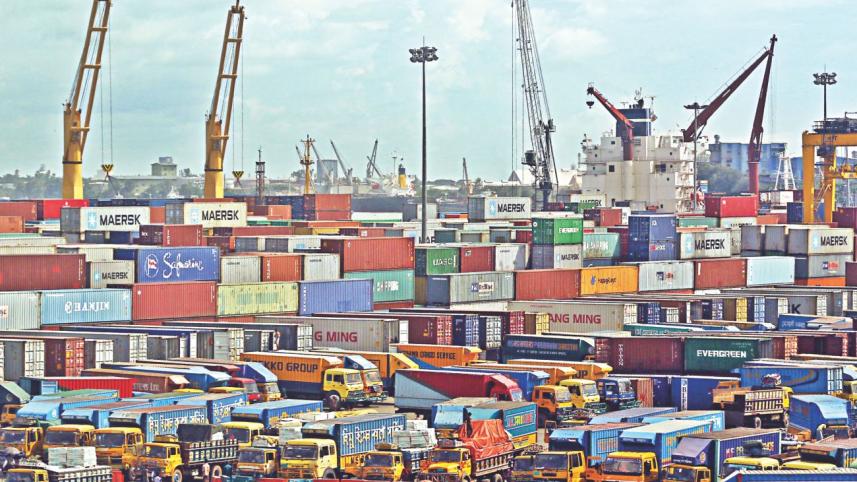External account balance improves further

Bangladesh's external account balance improved further in the July-August period of fiscal year (FY) 2025–26, thanks to an increase in exports and remittance inflows.
During the period, the nation's current account balance — the net result from the flow of money into and out of the country in the form of imports and exports, investment earnings, and foreign aid — rose to $483 million.
A surplus of $191 million in the current account balance was recorded during the same period a year ago, according to data from Bangladesh Bank.
The nation exported goods worth $7.9 billion during the period, posting a 10.7 percent year-on-year growth, while its imports grew 9.8 percent year-on-year to $10.8 billion.
Subsequently, the trade deficit widened to $2.9 billion during the period, up 7.4 percent year-on-year.
Nevertheless, an 18.4 percent surge in remittances sent by migrant workers supported the improvement in the current account balance.
The country also recorded an improvement in the financial account during the period.
The financial account is a component of a country's balance of payments that covers claims on or liabilities to non-residents concerning financial assets, including foreign direct investment, portfolio investment, reserve assets, and loans.
As such, the overall deficit declined to $53 million in the July-August period of FY26, from $1.4 billion in the same period a year ago.
Bangladesh's balance of payments — a summary of a country's economic transactions with the rest of the world — returned to a surplus in FY25, ending a three-year spell of deficits.
This came about owing to stronger remittance inflows, foreign aid, a flexible exchange rate, and tighter fiscal measures.



 For all latest news, follow The Daily Star's Google News channel.
For all latest news, follow The Daily Star's Google News channel.